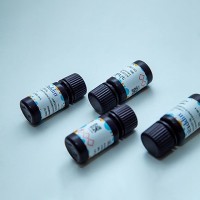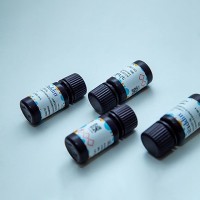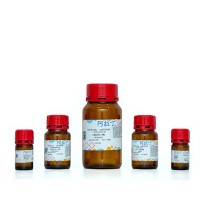Exo utero Surgery
互联网
682
The study of developmental mechanisms in postimplantation mammalian embryos can be performed for a short term using whole-embryo culture systems (see Chapters 7 and 8 ), or for an extended period using in utero (1 ,2 ) or exo utero manipulations (3 ). The usefulness of both in utero and exo utero surgical manipulations is restricted because of the fragility and accessibility of the embryo, and the key to selecting the appropriate surgical approach depends largely on the design of the experiment. In utero surgery is useful for manipulating late, but not early, embryonic stages, because uterine muscular contractions, in the absence of the hydrostatic buffer that the amniotic cavity provides, are lethal to the embryo until it has developed to a point where it can withstand such contractions. The exo utero surgical approach avoids the problem of uterine contractions and is useful for manipulating earlier embryonic stages; however, embryonic manipulation using exo utero surgery is largely restricted to stages after resorption of the decidua (from E11.5 on; but see ref. 4 ). Prior to E11.5, the decidua inhibits visualizing the embryo, and damage to the decidual layer results in the death of the embryo. After E11.5, exo utero surgery allows for direct experimental access to the embryo/fetus and a wide range of experimental perturbations can be successfully performed, including lesioning, grafting, bead implantation, and targeted microinjection. This experimental approach has been used effectively to explore molecular and cellular aspects of mammalian development (5 –17 ).



![O2-tert-butyl O3-ethyl exo-5,5-difluoro-2-azabicyclo[2.2.2]octane-2,3-dicarboxylate,1392803-20-1,≥97%,阿拉丁](https://img1.dxycdn.com/p/s14/2024/0619/625/6794186015695523081.jpg!wh200)



